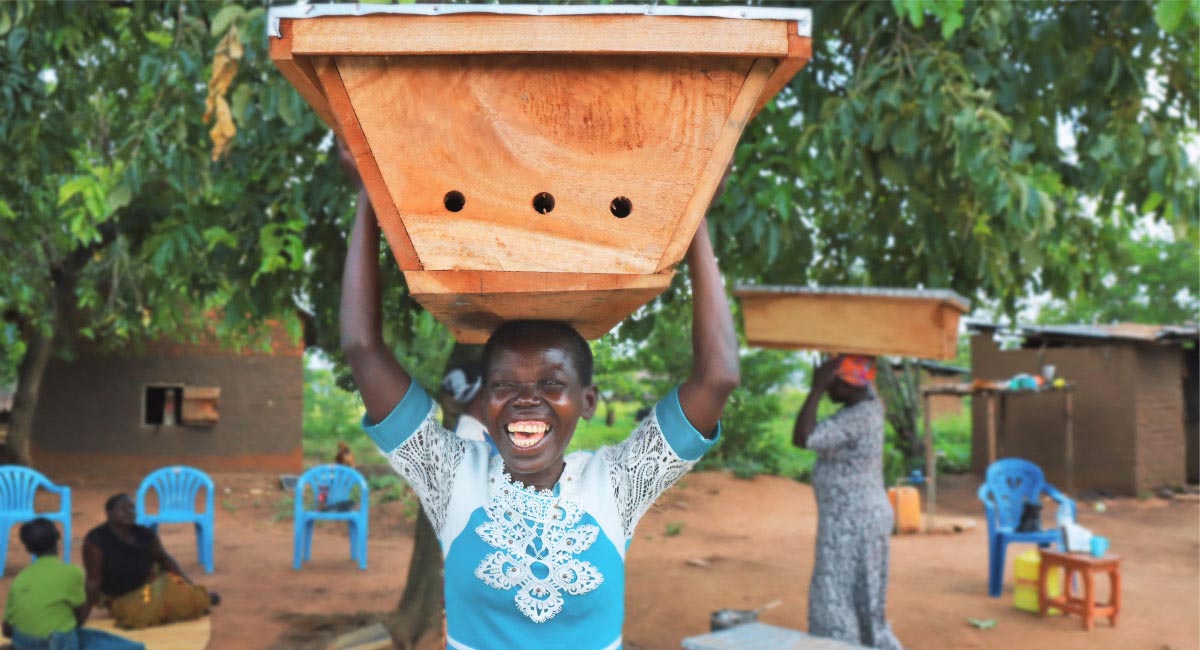Cooperative
Cooperative

Cooperative
According to estimates by the United Nations Development Programme, as of 2017, 821 million people in the world were undernourished; nearly 151 million children under the age of 5 were stunted, and the proportion was as high as 22%. The World Food Program (WFP) of the United Nations has even more statistics: 39 countries in Africa provide school meal offering programs, and 30 million African children eat at school every day. However, there are still 61 million children across the continent who are going to school with hunger.
The system is fragile in rural farms. Growing, harvesting, processing, packaging, transporting, distributing, trading, and storing food are all challenges. Process management is more difficult and extremely complex work and every small improvement will affect many lives.The establishment of the rural cooperative Farmer Union is to connect many different smallholders and achieve self-sufficient food production through education and training, and then ameliorate hunger issues; then offer a food diversity project to the market, with long-term investments and mechanisms in place. The biggest difference between NGOs and corporations is to improve profits while focusing on equity and efficiency; teaching expertise to improve profits, regulate productivity and strengthen supply chains, and then reinvest their profits into public works. On the economic side, we will invest in crucial activities and build platforms. On a social side, training key audiences and linking with cooperatives improves the economy.

Main goals
Cooperative (to build a platform and information bridge)
In poor communities, we promote season-based community farming and contract cropping, create diversified plantings, give priority to community demand, provide supply and demand information to guide planting, avoid overproduction, and maximize economic benefits. We assist farmers to solve challenges of production, including storage, transportation, and after-production management.
Production and sales platform (community and external marketing)
1. Establishing a diversified domestic market demand platform and providing information on contracts and market fluctuations so that crop sales can be arranged in time to maximize profits.
2. Promoting CSA( Community Supported Agriculture )
Key performance indicator
Farmers
One month of training/three months of monitoring/annual increase in revenue of $100 (10~20% increase.)
communities
Increase overall income by 10,000 USD / Increase economic benefits by 30% / Help 30 farmers。
Property
Recruit Community Supported Agriculture (CSA) shareholders; reduce carbon footprint, and perform industrial technical coaching or equipment upgrades to increase production benefits.
In response to climate change, we will establish operational procedures for local agriculture, improve links such as fertilization and soil turning, reduce carbon emissions and increase carbon sequestration. For agriculture, in addition to improving yields, define agricultural diversity and organic practices for the next 5 years. We will establish indicators such as plowing, composting, and environmental monitoring and use the bee survival rate and vegetation coverage rate to check environmental friendliness. Give back the harvests to CSA investors, and become a model of sustainable social enterprises
Join us
Most importantly, we plan to hold educational permaculture activities at demonstration sites at regular times to further promote and disseminate knowledge locally. And local news media were invited by Makerere University to participate in these events to gain more exposure.
支持我們